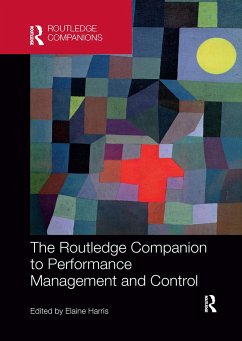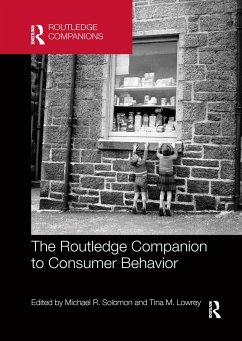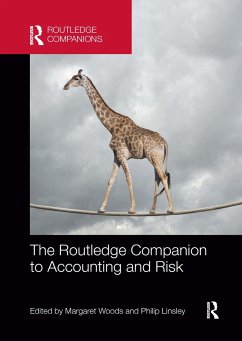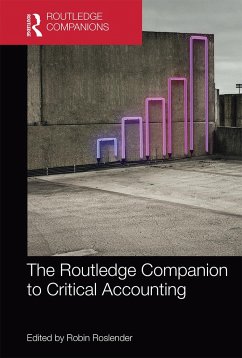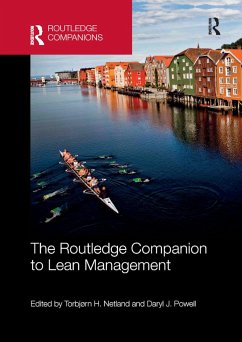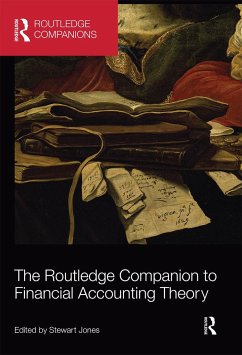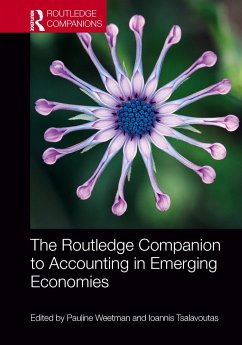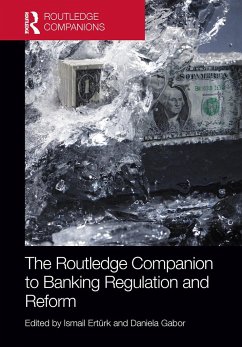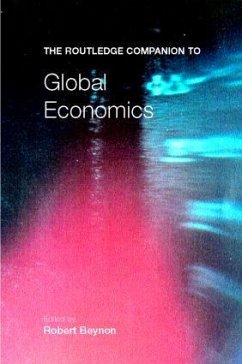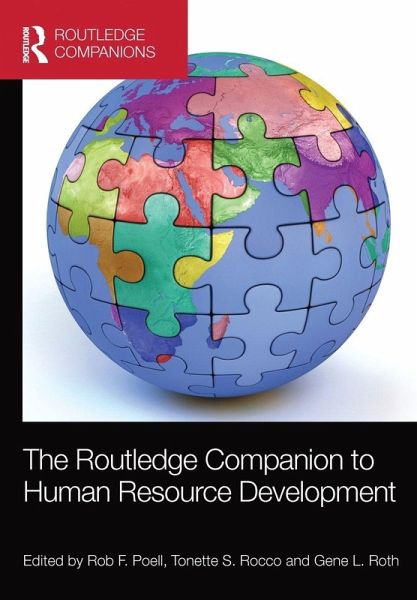
The Routledge Companion to Human Resource Development
Versandkostenfrei!
Versandfertig in 1-2 Wochen
74,99 €
inkl. MwSt.
Weitere Ausgaben:

PAYBACK Punkte
37 °P sammeln!
The field of Human Resource Development (HRD) has grown in prominence as an independent discipline from its roots in both management and education since the 1980s. There has been continual debate about the boundaries of HRD ever since. Drawing on a wide and respected international contributor base and with a focus on international markets, this book provides a thematic overview of current knowledge in HRD across the globe. The text is separated into nine sections which explore the origins of the field, adjacent and related fields, theoretical approaches, policy perspectives, interventions, cor...
The field of Human Resource Development (HRD) has grown in prominence as an independent discipline from its roots in both management and education since the 1980s. There has been continual debate about the boundaries of HRD ever since. Drawing on a wide and respected international contributor base and with a focus on international markets, this book provides a thematic overview of current knowledge in HRD across the globe. The text is separated into nine sections which explore the origins of the field, adjacent and related fields, theoretical approaches, policy perspectives, interventions, core issues and concerns, HRD as a profession, HRD around the world, and emerging topics and future trends. An epilogue rounds off the volume by considering the present and future states of the discipline, and suggesting areas for further research. The Routledge Companion to Human Resource Development is an essential resource for researchers, students and HRD professionals alike.






